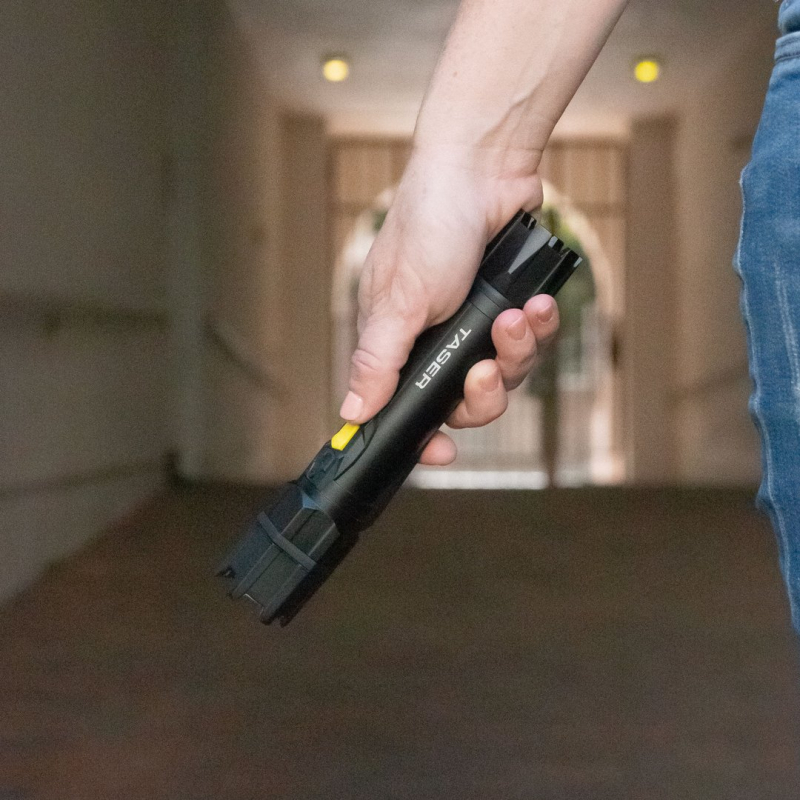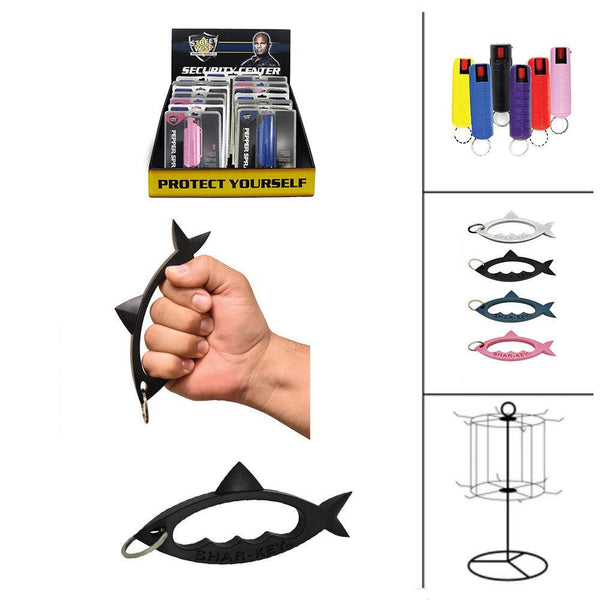
Wrist lock, a submission move in martial arts, is used. This move can also be used to defend yourself. It is fast enough to place your opponent in a position which allows you to control their hands and body.
A wrist lock can be a submission technique where your opponent pulls your arm into yours. This forces their hand to touch you. It is important to use a combination movement that creates your wrist lock. You could use your left leg to move your right foot back and forth, or push your opponent's left foot down.
Wrist lock is a great submission move but it can also be dangerous. A wrist lock can cause bone fractures, ligament tears, and dislocation. If an opponent is completely resisting, wrist lock will not work. This is why it is so important to practice the move slowly. Often times, wrist locks are thrown on hastily, without a good setup.

Twisting your opponent's wrist in a nonnatural way is one of the most well-known wrist locks. This is a fairly simple move to perform, but is actually quite effective. Next, twist your opponent’s arm and press it into you chest.
Another wrist lock that you can use is the handshake wristlock. Grab your opponent's wrist with one hand, and then cup their tricep with the other. This is a great trick that can be used from standing up or while lying on your side.
Closed guards are another great way to do the wrist lock. When you are wearing a guard, make sure you can reach your elbow to the side of your body. This will prevent hyperextending your elbow.
Another great wrist lock technique to use is the armbar. When you are in an armbar, you can attack from a top position, but it is much harder to break the grip. However, you can still set up the move from an omoplata or from a guard leading to the top.

It's fun to learn wrist locks. They require a lot of practice, however, so you should not give up. But don't be disappointed if you fail. You will succeed as long as you persevere.
Wristlocks can be used in judo as well as hapkido. They are often used in residential treatment centres. In addition to their practical applications, wrist locks are also cool, thanks to movies like Steven Seagal. This move is great for anyone who wants to learn it or simply curious. So, don't be afraid to look!
The wrist lock can also be used with many other moves. So don't be surprised that your opponents will use other tactics in order to break your defense. Be aware, however, that your defense is entirely yours.
FAQ
How do beginners do self-defense?
Self-defense is not just for people who have been trained by experts. You must also be able to defend yourself alone. To protect yourself against an attack, you should know the basics.
Start by learning basic movements like punching, kicking and kneeing. Next, you can learn more advanced moves like grappling as well as joint locks.
It's always helpful to practice similar things to what you would face in real-life situations. If you want to learn how kick someone, you can practice on something like a pillow.
This way, you won't hurt yourself while practicing. Also, ensure you don't hit anything hard because you might break something.
Are there any legal requirements for owning a stun gun?
In some states, you must show proof of training before you can own a stun gun.
Some states require you register your stungun with the police.
Other states require that you notify law enforcement authorities whenever you move.
Which place is best for self-defense training?
Self-defense can be practiced in your backyard. If you don't have enough space you can still practice elsewhere.
You could practice anywhere, such as in a empty parking lot, in a car park, or even your living room. Just make sure that you keep your eyes open and always be aware of your surroundings.
You shouldn't practice alone. This can be dangerous. Always practice with your partner.
Statistics
- The Rape, Abuse & Incest National Network reports that 70 percent of sexual violence cases aren't committed by random strangers in a dark alley but by people we know: friends, family, partners, co-workers, etc. (healthline.com)
- Saying this, Self defense 101 would be the importance of situational awareness, which can never be replaced by the finest of martial arts, because it is this that would help you to avoid any likely attacks in the first place. (worldofselfdefense.com)
- Some people walk into a gym thinking they are going to become the best by training whenever they like and not putting 100% effort in. (budodragon.com)
- Boxers aren't allowed to fight in a clinch, which is a position that occurs in 80% of the streetfights. (mmaclan.com)
External Links
How To
What type of self defense should I learn?
Self-defense encompasses many different options. There are many forms of self defense that you can learn. These are some of the most well-known:
-
Boxing - Boxing is an excellent choice for self-defense because it trains you to fight with your hands. While most people think only men can box, many women can. Boxing can be learned by women through a variety of methods including private lessons, gyms and online courses.
-
Wrestling – Many people think that wrestling isn’t a sport. It was once America’s national pastime. You can learn to wrestle online, in a gym, or privately.
-
Jujitsu (Jujitsu) - Jujitsu helps you defend yourself using your own body weight. It is simple to learn and improves coordination and balance.
-
Kickboxing – Kickboxing is similar in style to Muay Thai except it uses kicks rather than punches. Like Muay Thai, it's a full-contact combat sport that requires no rules. It is an easy sport to learn and a good option for beginners.
-
Tae Kwon Do – TKD is a Korean martial arts that combines elements from karate and taekwondo. This is a great option for people who are interested in learning self-defense and not worrying about hurting their opponents.
-
Mixed Martial Arts (MMA - MMA is a combination of many martial arts. It blends Judo Judo Boxing Wrestling, Judo, Judo, Boxing and Brazilian Jiu Jiu Jitsu. It's one of the fastest growing sports today because it's so effective.
-
Karate – Karate is a Japanese martial arts that emphasizes kicking techniques. It has existed for hundreds of centuries and has evolved throughout time. There are many styles of karate today, each with their own moves and training methods.
-
Knife Fighting – Knives can be very helpful when you are defending yourself. You don't have to get close to your attacker in order to stab them. Just know how you can use a knife defensively.
-
Pepper Spray – Pepper Spray is a useful non-lethal weapon. It can help you escape or stop an attacker from attacking. It's not recommended to use pepper spray on attackers, though, because they're likely to suffer burns.
-
Firearms - The last line of defense against an attacker is to shoot them. This is usually done by trained civilians or law enforcement officers.
-
Self-Defense classes - It is possible to learn all of these skills from one class. They can teach everything, from grappling to firing.
-
Combative Sports- A great alternative is taking part in combative sport like kickboxing and mixed martial art fighting. These sports require you to practice hard and be disciplined.
-
Martial Arts Schools-If you are serious about learning martial arts, then you should enroll in a school that teaches it. Some schools also offer weapons training classes.
-
Online Courses- You can also find many free resources online. 15) Books - Finally, some books may be helpful. Alan Peppard's book "The Complete Idiot's Guide To Self Protection" covers all the topics.
-
Be Content with What You Already Know - Before you attempt to learn anything new, you should first be familiar with what you already know. You will avoid making errors that could be detrimental to your health.
I think I'll try my hand in self-defense. I have always wanted to learn how fight, but never felt the desire to actually do it. Now that I am older, it is time to take better care of me and stop relying on others.
I'm going to start slowly and see where it goes from there. To start working out with weights and other exercises, I am considering joining a gym in my area. I'm still contemplating whether I should get one.